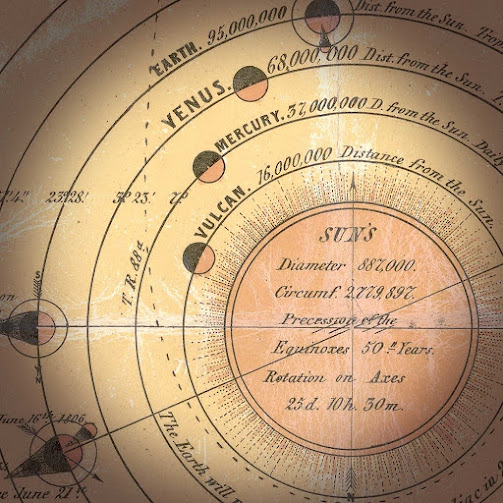Featured
- Get link
- X
- Other Apps
What is the closest planet to Earth?
You probably got it wrong....
This is a perfect example of how the mental model of the solar-system which has been taught to us since we were children bears almost no relationship to the actual reality. Not only is Mercury effectively the closest planet to our own but it is also the closest planet to every planet in the solar system.
You have been taught or told, that the closest planet to Jupiter is Saturn. Whenever we see a diagram of the solar-system, this is what we see. We see the planets all laid out in order: Mercury, Venus, Earth, Mars, Jupiter and Saturn. All very nicely bunched together and sat next to each other for our convenience. This situation is completely and entirely wrong and can literally never happen.
Mercury’s relatively rapid orbit around the sun compared with the much slower longer orbits of all the other planets, take them much further away from each other, in fact neighbouring planets as per the science textbook illustrations are only neighbours for the very shortest time period during which they draw together on the orbital plane before the inner neighbour is again pulled away going further and further away on its far journey behind the sun. So, if we observe this real-life simulation we find much to our surprise perhaps, that not only are orbital neighbour planets on average much closer to Mercury for much longer than their own orbital neighbours, but that Mercury is in reality, on average, the closest neighbour to all planets of our solar-system.
Anyway, that’s something you can puzzle and annoy your friends and family with when you go home. You can hours of fun with it.
- Get link
- X
- Other Apps
Popular Posts
William Herschell's Observations about Sunspots and the Inhabitants of the Sun.
- Get link
- X
- Other Apps



Comments
Post a Comment